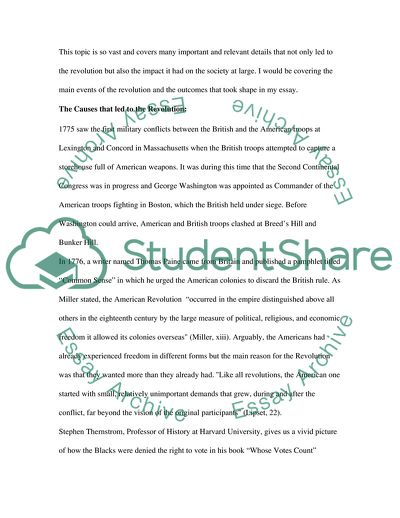Cite this document
(The Civil Rights Movement Literature review Example | Topics and Well Written Essays - 2000 words, n.d.)
The Civil Rights Movement Literature review Example | Topics and Well Written Essays - 2000 words. Retrieved from https://studentshare.org/history/1708211-analytical-literature-review-the-civil-rights-movement-and-the-march-on-washington-the-african-american-revolution
The Civil Rights Movement Literature review Example | Topics and Well Written Essays - 2000 words. Retrieved from https://studentshare.org/history/1708211-analytical-literature-review-the-civil-rights-movement-and-the-march-on-washington-the-african-american-revolution
(The Civil Rights Movement Literature Review Example | Topics and Well Written Essays - 2000 Words)
The Civil Rights Movement Literature Review Example | Topics and Well Written Essays - 2000 Words. https://studentshare.org/history/1708211-analytical-literature-review-the-civil-rights-movement-and-the-march-on-washington-the-african-american-revolution.
The Civil Rights Movement Literature Review Example | Topics and Well Written Essays - 2000 Words. https://studentshare.org/history/1708211-analytical-literature-review-the-civil-rights-movement-and-the-march-on-washington-the-african-american-revolution.
“The Civil Rights Movement Literature Review Example | Topics and Well Written Essays - 2000 Words”. https://studentshare.org/history/1708211-analytical-literature-review-the-civil-rights-movement-and-the-march-on-washington-the-african-american-revolution.


